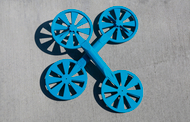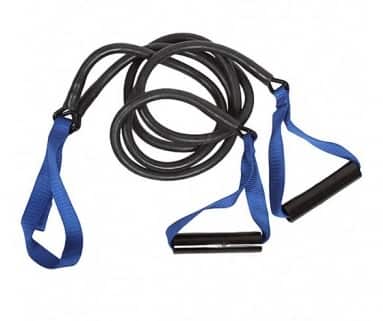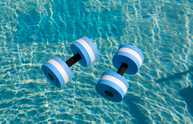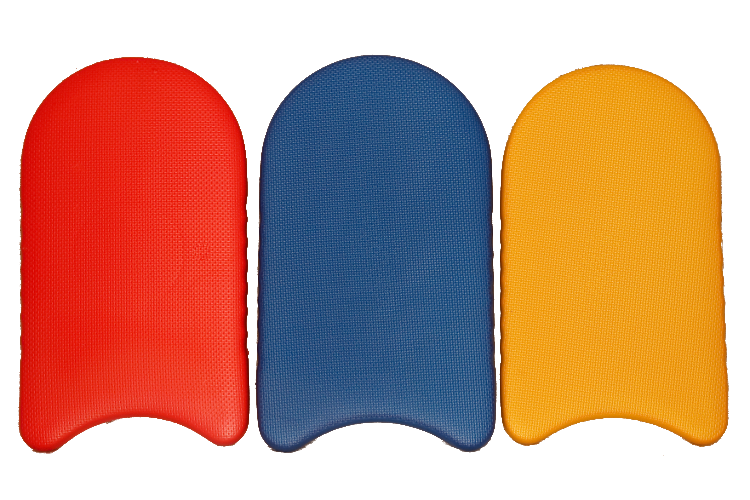
September is Fall Prevention Awareness month. It is estimated that one in four Americans over the age of 65 will fall every year. Falls not only can be life threatening, but they are associated with poor health outcomes and a sense of fear that can hinder independence, activity and strength in older adults. Therefore preventing falls in the first place is important. The Mayo Clinic offers the following tips for preventing falls:
- Review your medications with your doctor. Some drug interactions may increase your risk of falling.
- Exercise to improve strength, balance, coordination and flexibility.
- Wear sensible shoes. Shoes like high heels and floppy slippers can contribute to a fall.
- Remove tripping hazards from walkways in your home.
- Secure loose rugs with double-sided tape or remove loose rugs entirely..
- Clean up spills immediately.
- Make sure there is adequate light in your living spaces so you can see where you are going.
- Turn on the lights before going downstairs.
In addition to these tips for the home, aquatic fitness instructors can help with fall prevention by including some of the following exercises in their classes:
- Gait training. People who are afraid of falling, perhaps because of a previous fall, tend to shorten their stride and look down at the floor. The hydrostatic pressure of the water supports the body and reduces the fear of falling, so a water exercise class is the perfect place for gait training. Walking is a good warm up at the beginning of class, or cool down at the end of class. Walk forward, backward and sideways. Include starts and stops. Try slow motion walking, or walk without moving the head or torso. Try walking with hands on hips to remove stabilizing arm movements. Change the tempo by walking slow for a few steps, then fast for a few steps, and slow again. Walk with quick changes of direction.

Webbed gloves 
Drag bells 
Paddles

Resistance tubing 
Foam dumbbells 
Kickboards
- Strength training. Include exercises to strengthen the muscles of the back to improve posture. Examples include shoulder blade squeeze; standing rows with webbed gloves, drag bells, paddles or kickboards; bowstring pull with drag bells or resistance tubing; lat pull-down with webbed gloves, drag bells, paddles, resistance tubing or dumbbells; and chin tucks. Leg exercises against the resistance of the water will strengthen the quadriceps, hamstrings, gluteus maximus, gluteus medius and adductors.
- Flexibility. Movements through their full range of motion promote flexibility. A form of exercise that uses full range of motion is Ai Chi created by Jun Kono of Japan and brought to the United States by Ruth Sova. Follow the link for a YouTube video of June Kono performing Ai Chi. It is also important to stretch at the end of class, while the muscles are still warm. Stretches can be static or dynamic. Examples of static stretches are clasping hands behind the back to stretch the chest, and lifting the heel in back with a pelvic tilt to stretch the quadriceps and hip flexors. Examples of dynamic stretches are swinging one leg forward and back through a full range of motion, and lifting one leg to the side, crossing the midline in front of the body, lifting it to the side again, and crossing the midline behind the body.
- Ankle flexibility. Weak ankles or reduced range of motion in the ankles contribute to reduced stability. Some exercises to improve ankle flexibility are walking on toes or on heels – both forward and backward, rolling from heels to toes and back to heels, ankle circles, sitting on a noodle and writing your name with your foot, and squats keeping the heels on the floor. Squat with the feet in various positions, such as a narrow stance, a wide stance, toes pointing in, toes pointing out, or a tandem stance with one foot directly in front of the other.
- Balance challenges. Asymmetrical movements require more core stabilization. Try walking, jogging, cross-country ski or jumping jacks with one hand on the hips or behind the back, or with each arm performing a different movement. Another challenge is to jog, ski or do jumping jacks with just one leg, keeping the other foot grounded. Stand and reach one arm as far forward as possible until you start to lose your balance. Reach your arm to the side and to the back until you start to lose your balance as well. Walk with one foot directly in front of the other or do a crossover step. Stand on one foot with and perform asymmetrical arm movements, or turn your head from side to side, or keep your head still and look from side to side, or close your eyes.
- Unpredictable command. Improve your participants’ reaction time with the unpredictable command technique. Direct the class to perform unexpected movements. For example, walk diagonal, forward, backward, or sideways. Walk faster, knees higher, on toes or heels, with toes curled up or down or one of each. Look over your shoulder, tuck your chin, lower your shoulder blades, or touch your shoulder. Lift one arm to the side, front or back, lift both arms and let your fingers walk on the water. For more on the unpredictable command technique, see a previous blog post “Improve Reaction Time.”
Deep water exercise requires a lot of core stabilization, often leading to improved posture. My book, Water Fitness Progressions, includes 3 lesson plans, one for functional core strength, one for balance training, and one a Pilates fusion class for deep water. There are also variations of the same 3 lesson plans for shallow water. Now is a good time to start working on fall prevention.
See you in the pool!

